HANZŌ Track foundation
Understanding aerodynamic nuances
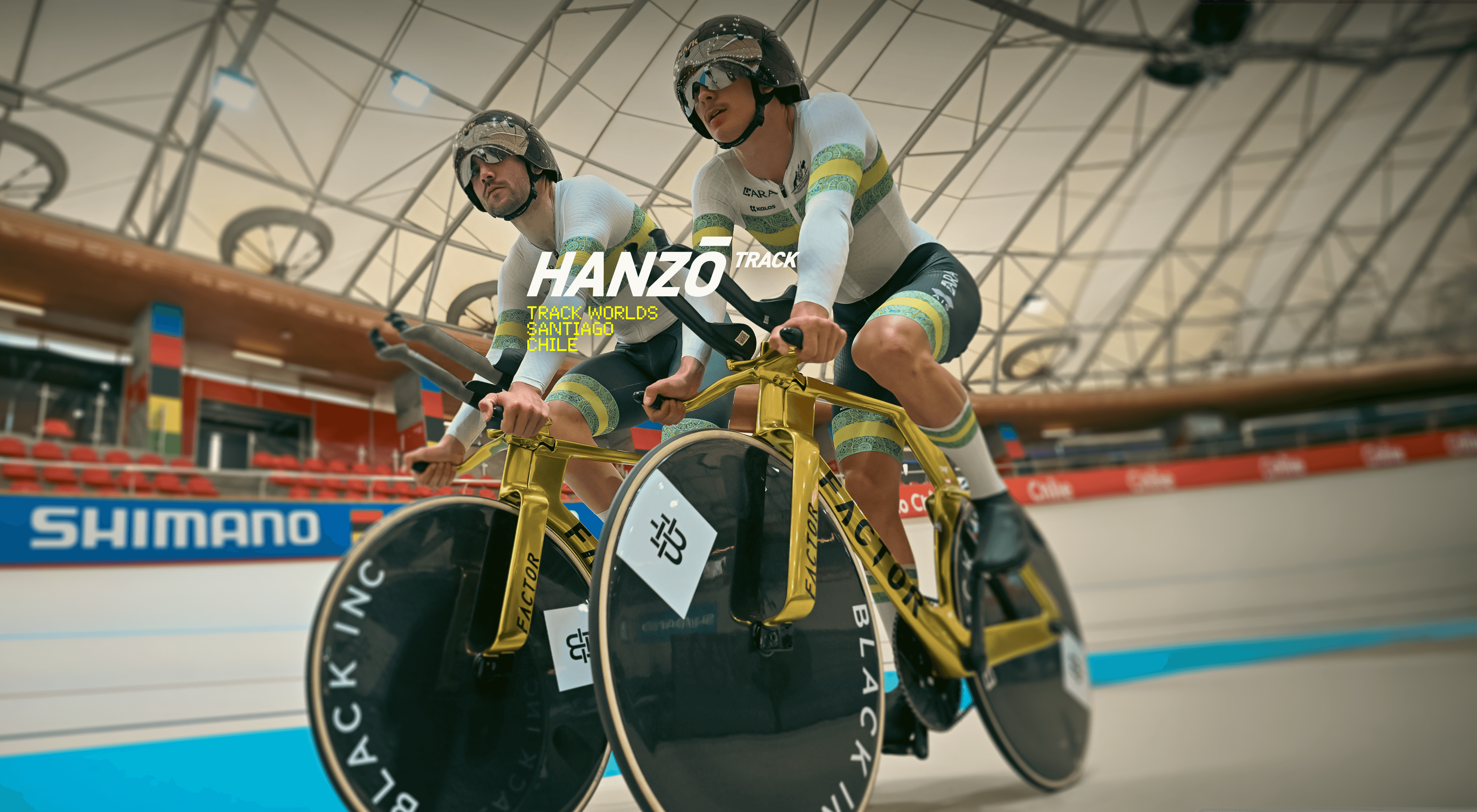
It’s August 5, 2024. Evening in Paris. The Olympic qualifying round for the men’s team pursuit was about to start. The Australian team would be riding the HANZŌ Track in its first ever Olympic event. Australia always brings a strong track squad to the Olympics, but it is fair to say that they were far from the favourites. Italy, Denmark, and Great Britain probably rated themselves above the Aussies.
But that Monday evening, Team Australia gave the world a taste of what was to come. Slicing through the air in the Paris National Velodrome, Team Australia set the fastest team pursuit time of 3:42.958. The Australian quartet of Oliver Bleddyn, Sam Welsford, Conor Leahy, and Kelland O’Brien were set to race the first round against defending champions Italy. Italy must have fancied their chances, even though they set only the 4th fastest time in the qualifying round.
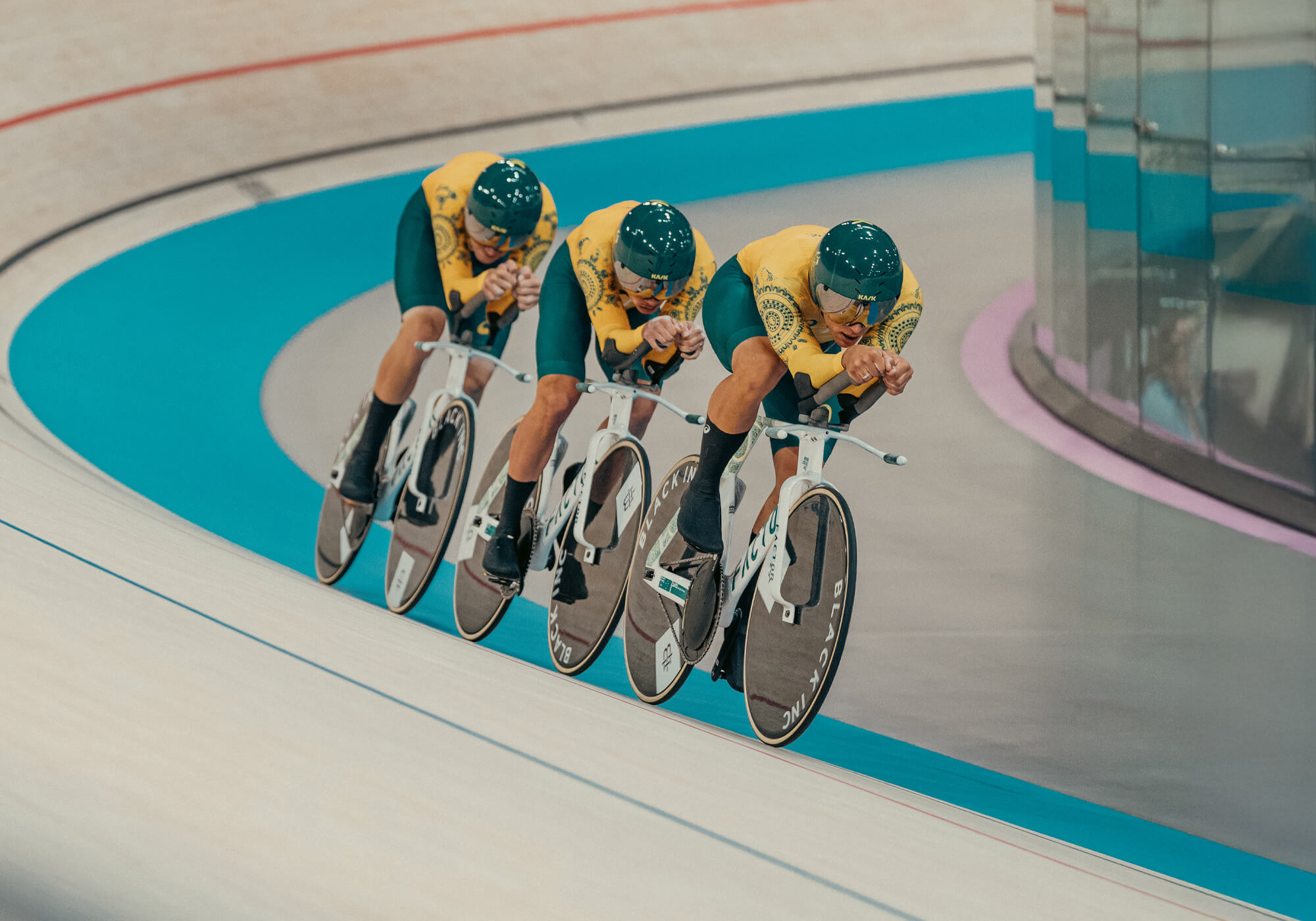
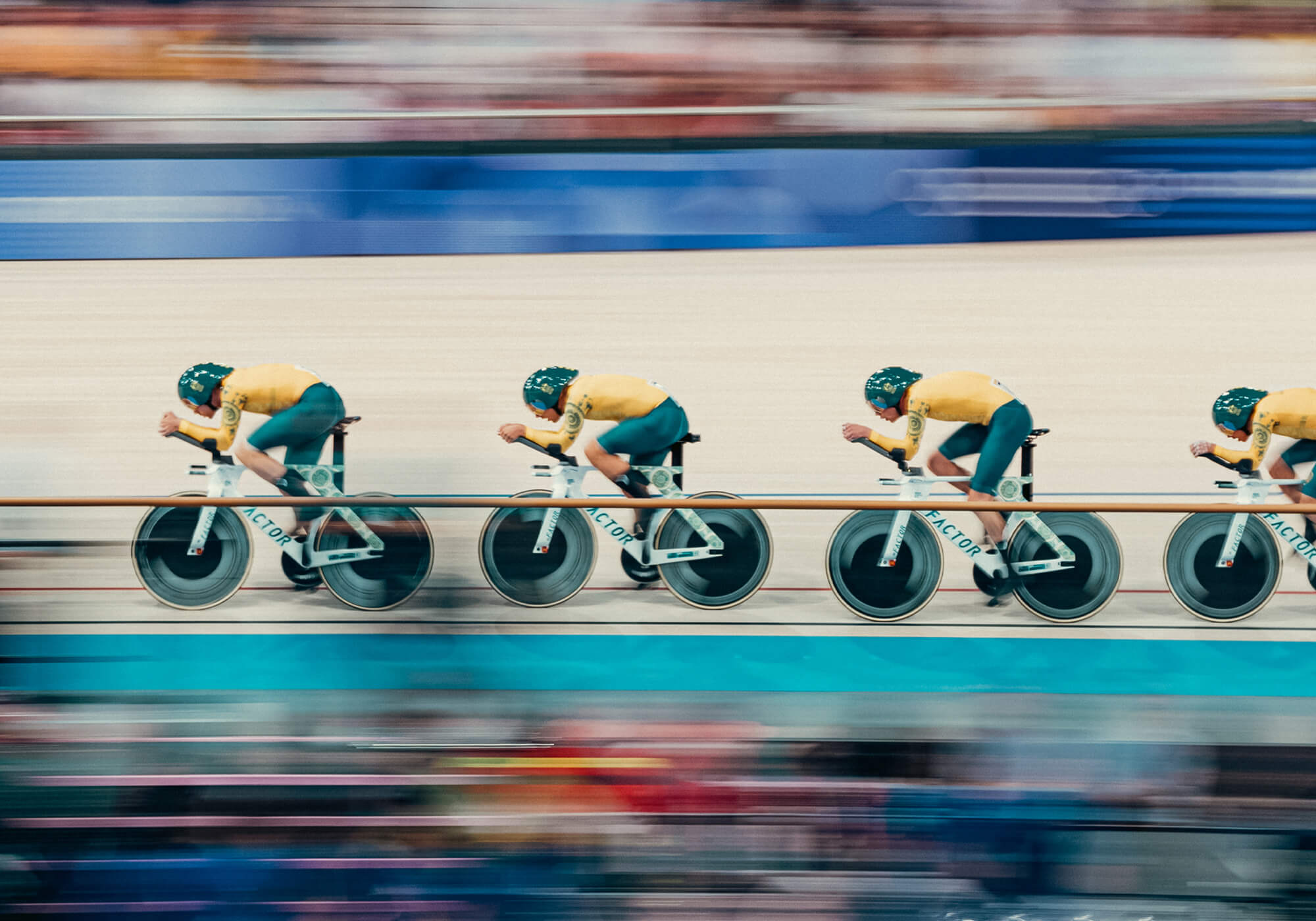
Photo credit: @z_w_photography
World Record Ride
In Tuesday’s first round against Italy, the Australians built-up the tension by setting an impossibly fast pace. Surely they couldn’t keep this up. But when they crossed the line for the final time, they had crushed not only the Italians they were racing, but the Italian team’s established World Record with a time of 3:40.730. And with that, Team Australia had punched its ticket for a place in the Gold Medal round.
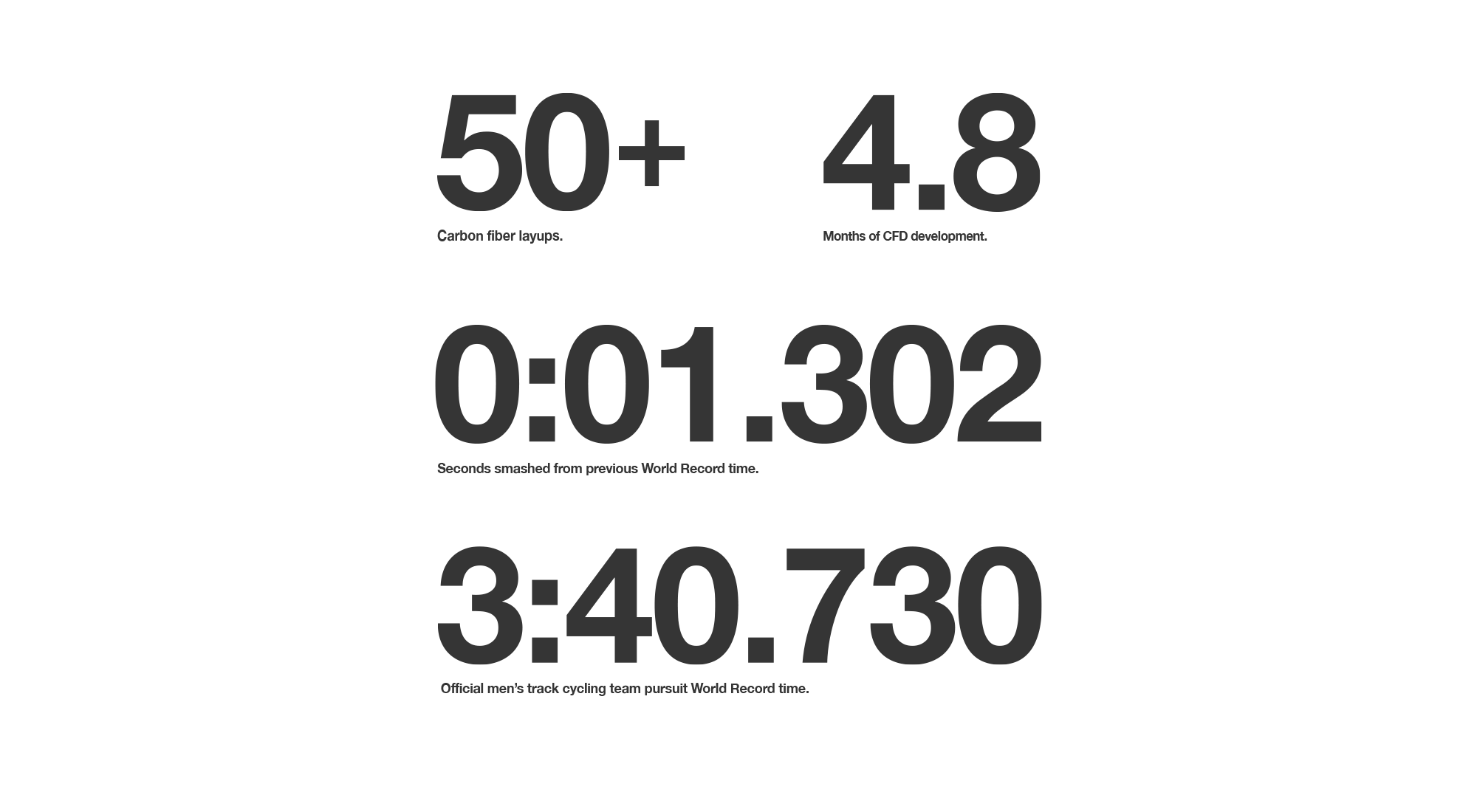
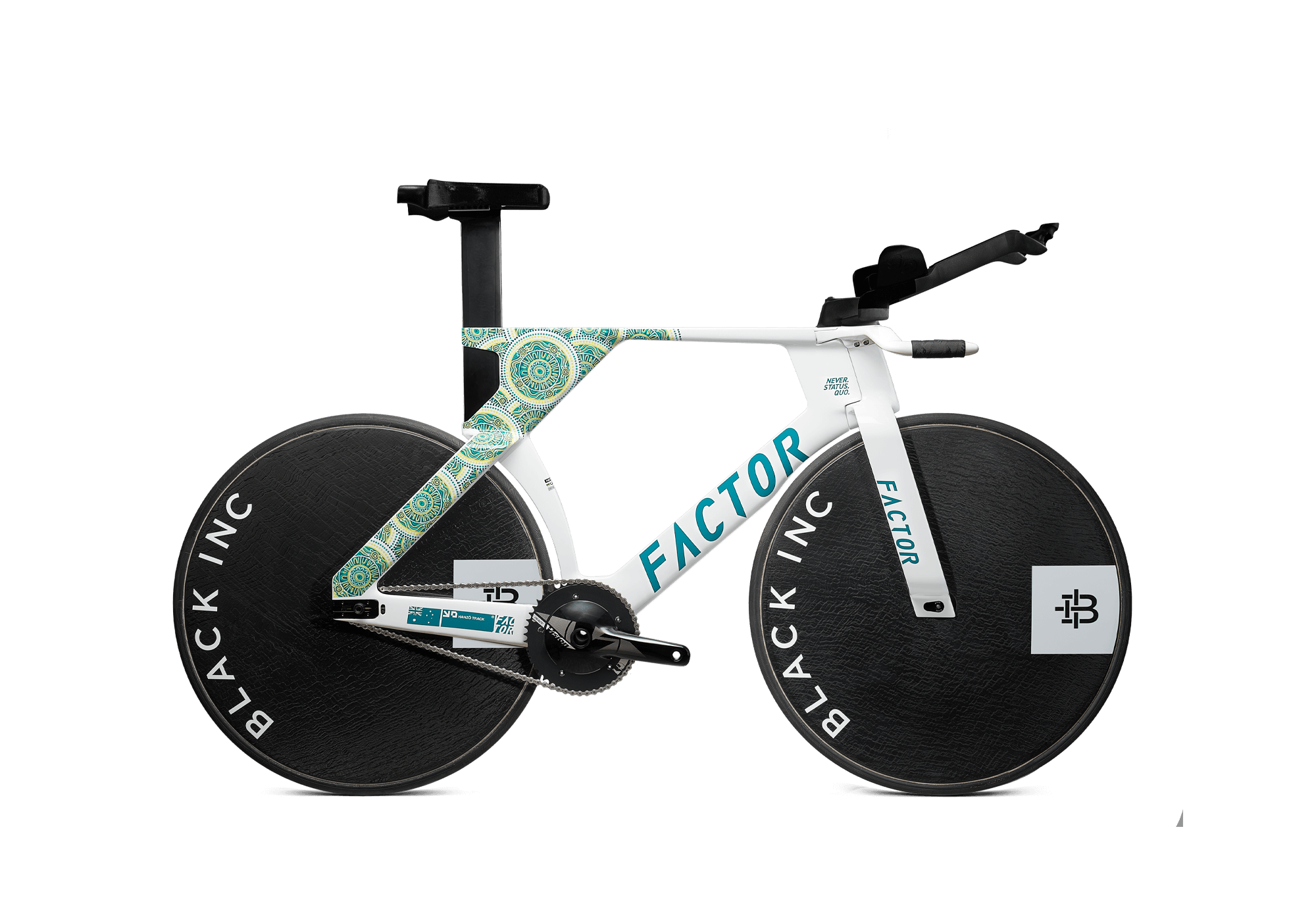
Victory there, racing against a very strong Great Britain, was far from certain. But as the pursuit unfolded, Australia was clearly in control and took the gold medal with a time of 3:42.067, nearly two seconds faster than Team GB. Winning their first men’s team pursuit gold medal since 2004, Team Australia could point to the HANZŌ Track equipped with Black Inc Track Disc wheels as instrumental to their incredible World Record-setting and gold medal-winning times.
Into the Finals at Worlds
With the 2025 UCI Track World Championships just kicking off in Chile, there will be a wide selection of athletes riding not only the HANZŌ Track, but also the RAIDEN in mass start events. As a sign not only of their past success, but also their current intentions, the Australian team pursuit squad is racing on special gold bikes.
After the first night of racing, the Australians successfully moved into the final round of the team pursuit. Confidence is high and we are looking forward to additional medal celebrations this October.
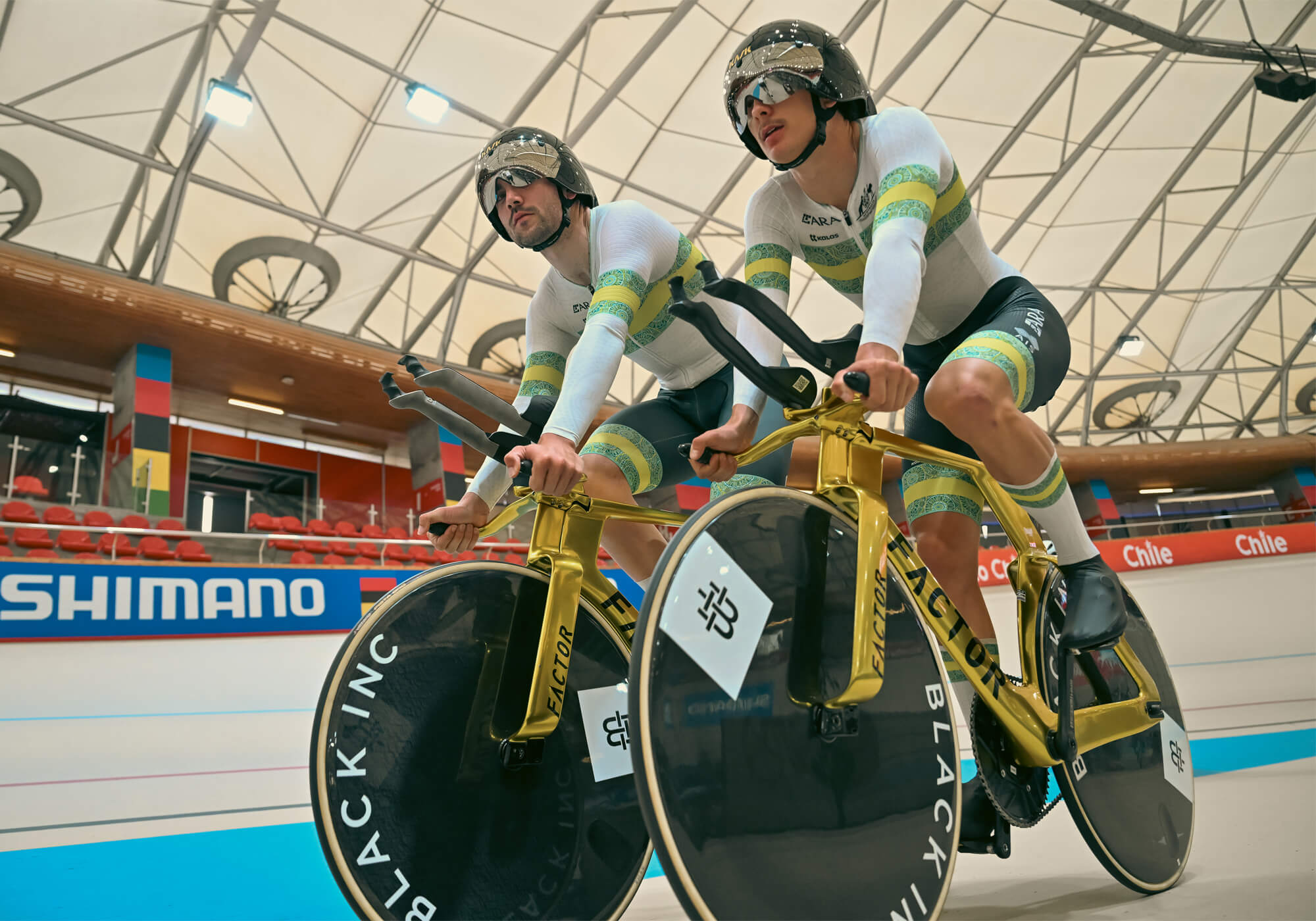
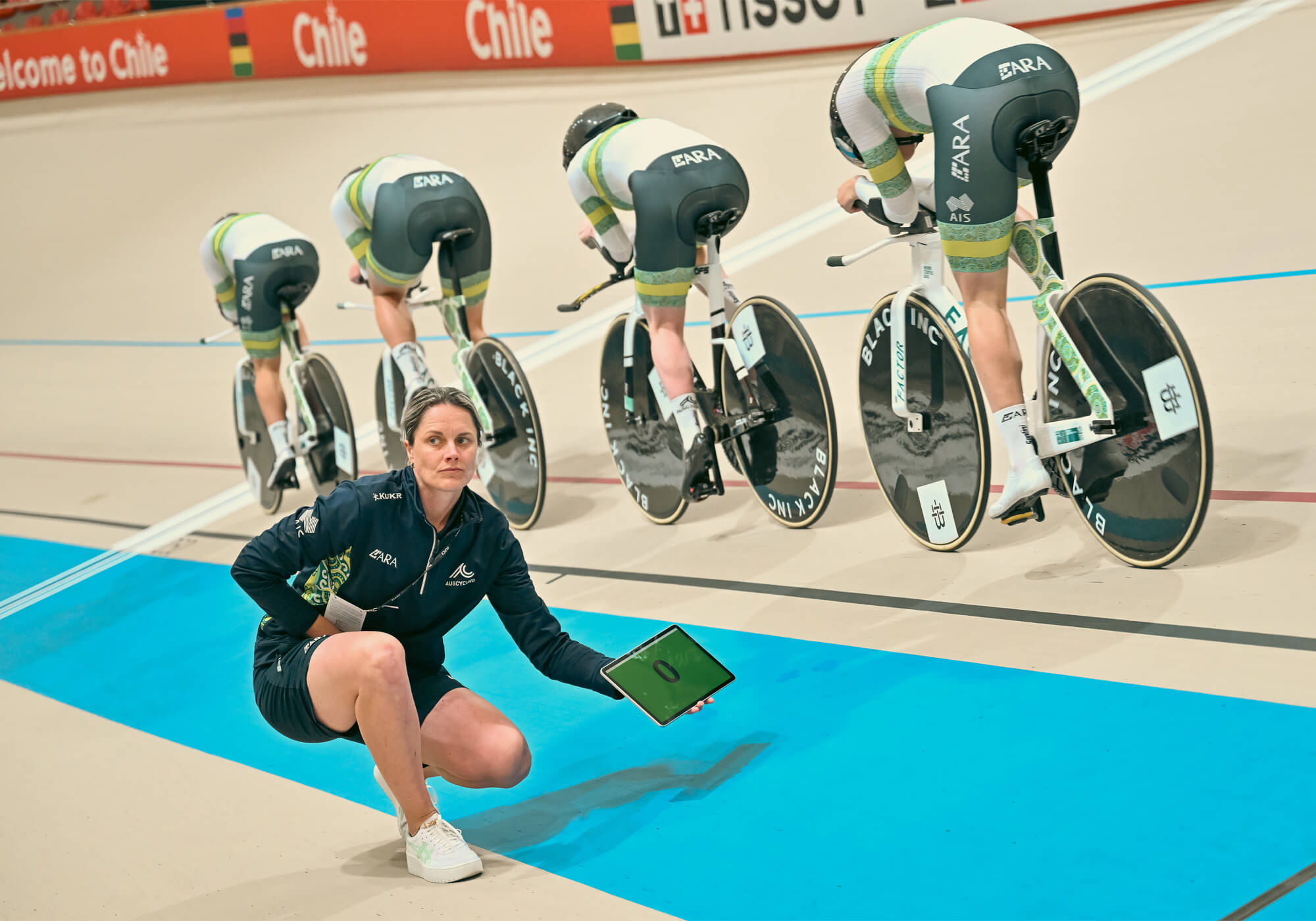
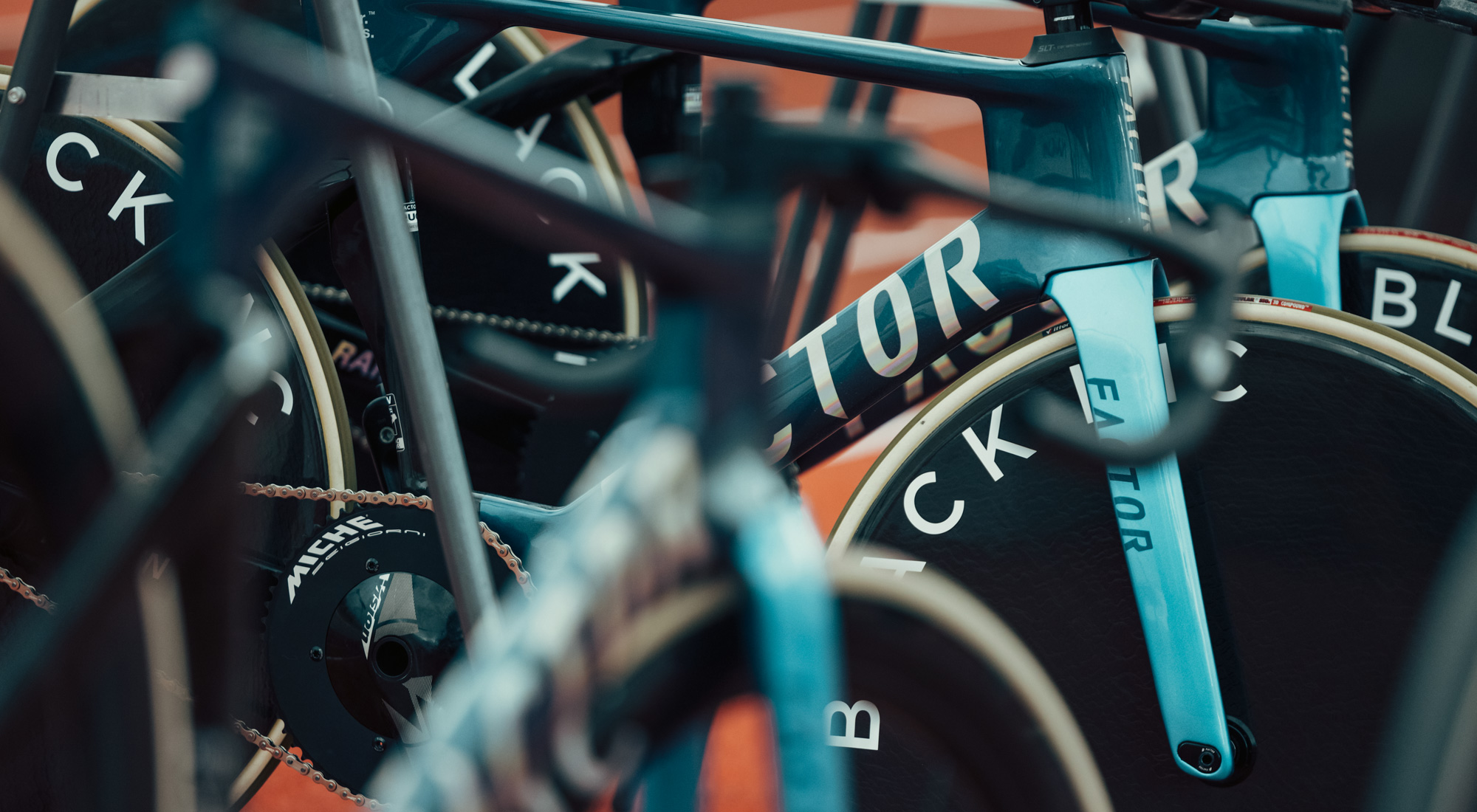
Photo credit: @swpix_cycling & @factor_racingteam
It's about the bike
The genesis of the HANZŌ Track resulted from Aus Cycling’s request to have the fastest possible team pursuit bike to race at the 2024 Paris Olympics. “It was two years, full gas. As much time and effort as you can possibly put into a project,” Factor Chief Engineer, Graham Shrive confirmed.
Even with that timeline and commitment, development time was tight, especially since not only did the Factor team develop the HANZŌ Track, but concurrently designed and developed the Black Inc Zero Track disc wheels. Through the advanced use of Computational Fluid Dynamics (CFD), Factor’s engineers and industrial designers were able to visualise and iterate a variety of form solutions that would result in the fastest track bike and wheel system in the world.
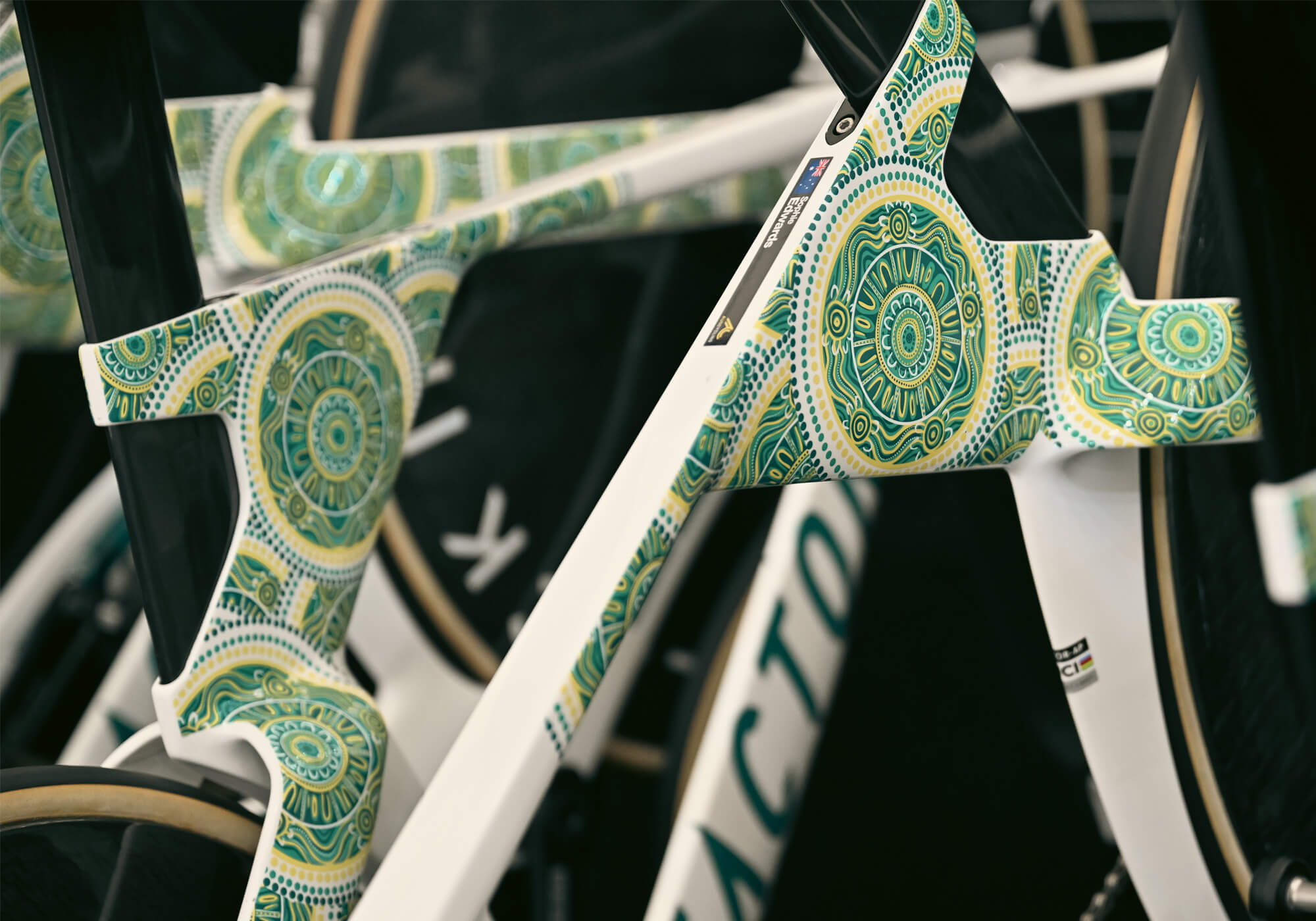
Factor Chief Engineer, Graham Shrive, was the mastermind behind the project. Decades of experience creating the class-leading aerodynamic bikes informed every step of his and his team’s development of the HANZŌ Track. Keeping in mind the extreme forces that are put on a track bike in comparison to a road bike, ensuring its aero performance is only part of the equation. The frame needs to be able to withstand double the amount of forces that the athletes are putting out compared to a road bike. “It’s not simply a function of the athlete’s power, but how that power is applied,” Graham explained. “It’s from a standing start, which is very unusual for a road bike. During the start, we can see peak loads of 400 kilograms of pull up on each individual side of the handlebar.”

UCI rule changes have allowed bike designs to get slimmer and more aero, untying the hands of engineers like Graham Shrive. But you have to have the know-how to interpret and apply collected data points to real race performance. Taking what Graham and his design team learned from the development of the HANZŌ Track will help inform future road bike designs.
“In the background, the tools and techniques we develop to understand the airflow around the bike, to visualise how that airflow is being manipulated and how we’re able to make changes will certainly be applied to different projects,” he explained.
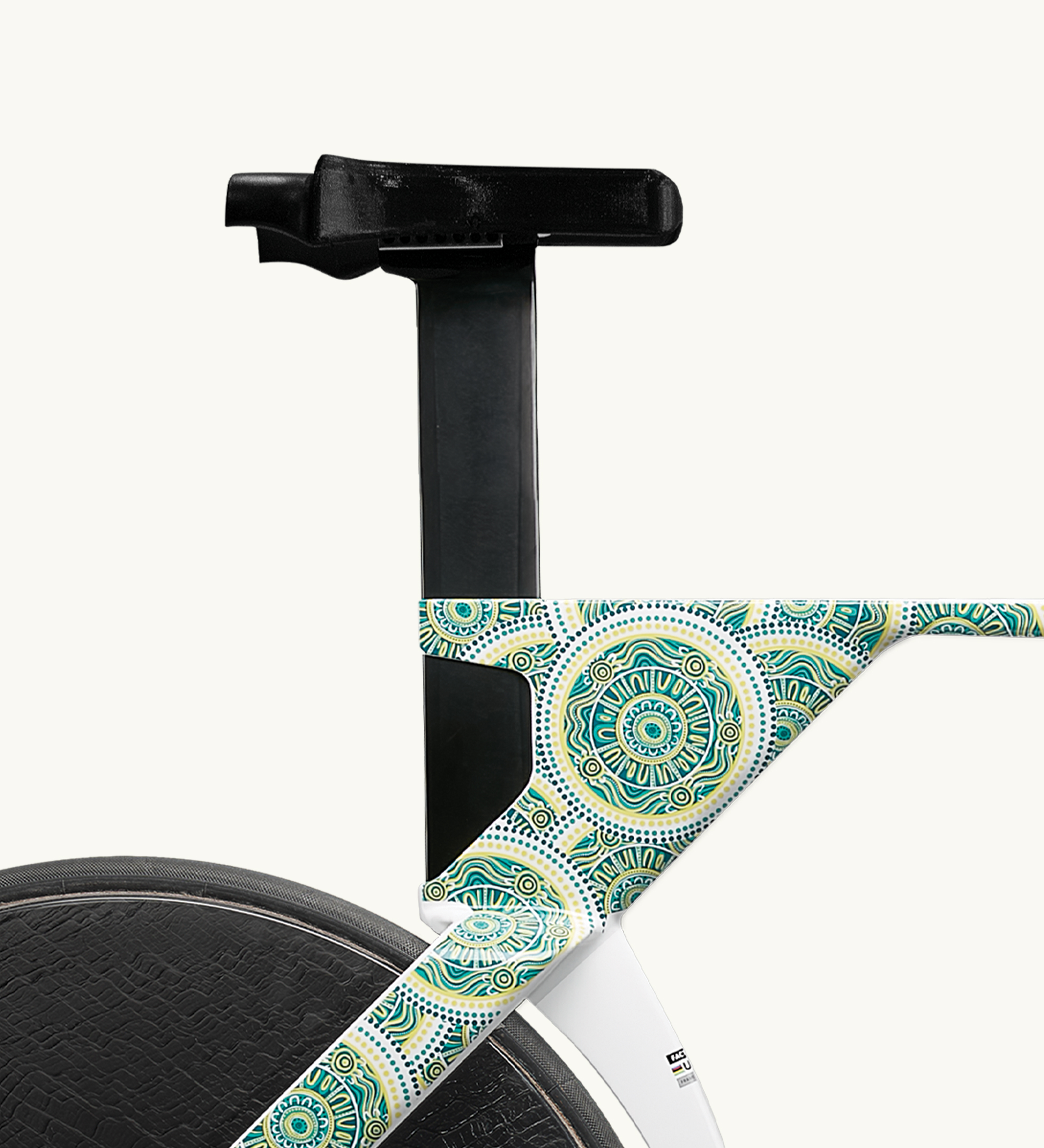
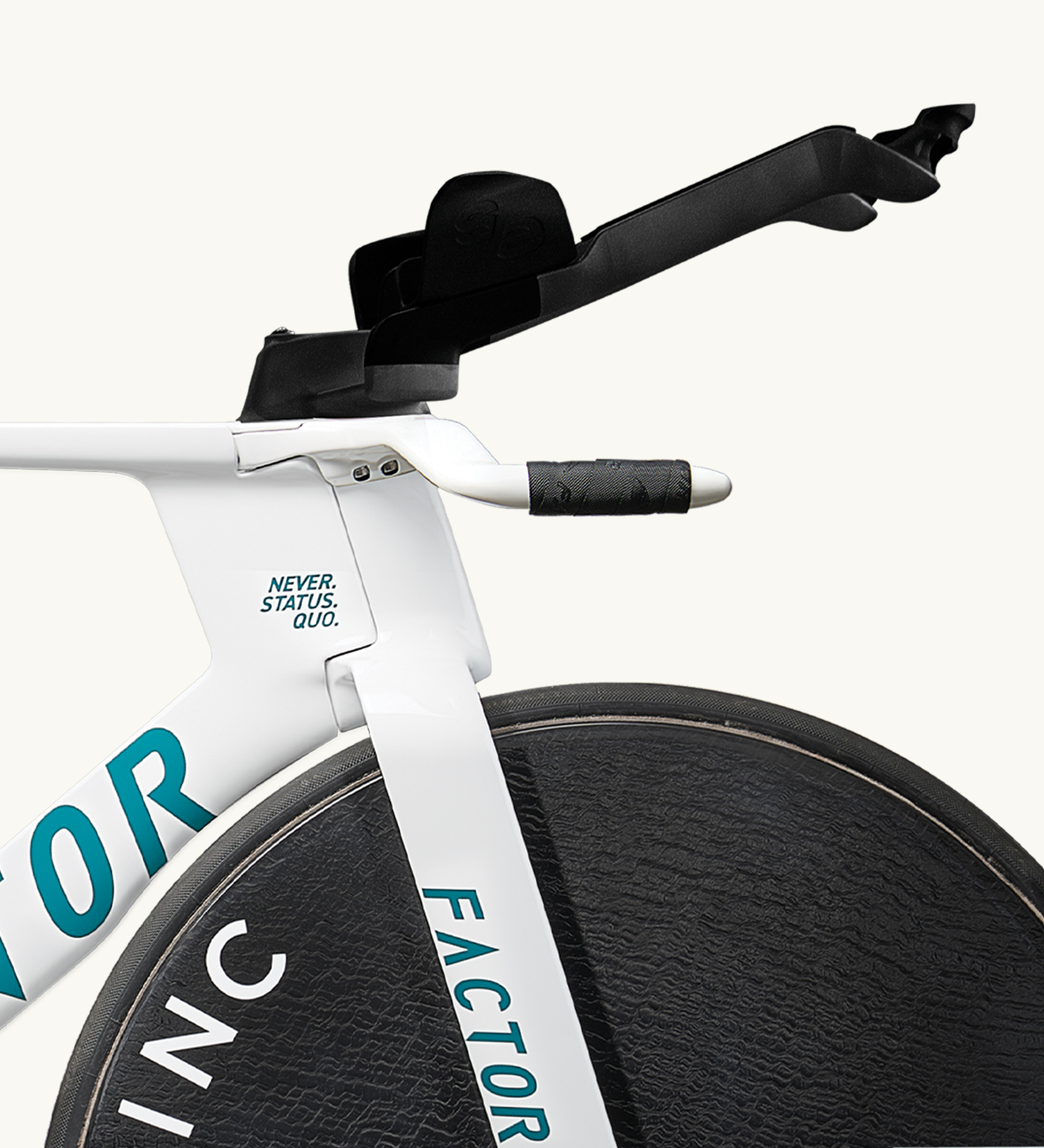
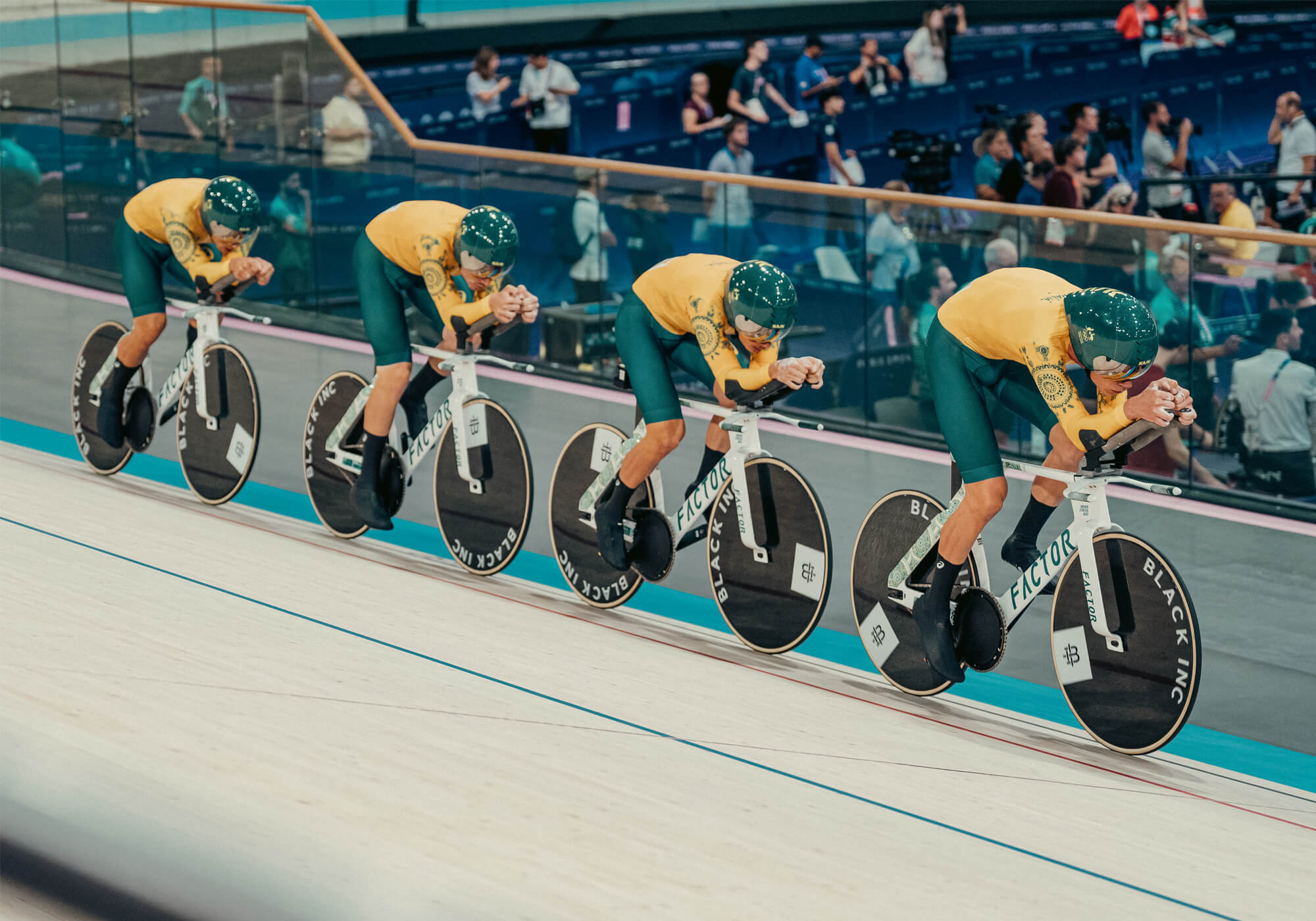
Photo credit: @z_w_photography
Understanding airflow
Combining UCI rule changes with advanced tools like CFD software has opened up new opportunities for bike design. “Aerodynamics in bikes have gone through a lot in 20 years,” Mike McGinn, Factor Industrial Designer, said. “The ability of the tools to do the computing is what has allowed these advancements to happen so fast. Before it would take too long and cost too much. Now we have these tools that allow us to add and visualise dynamic movement, such as the legs in motion, and models of riders. This tool has helped lead to all these advancements because we can see how there are better ways to manipulate airflow.”
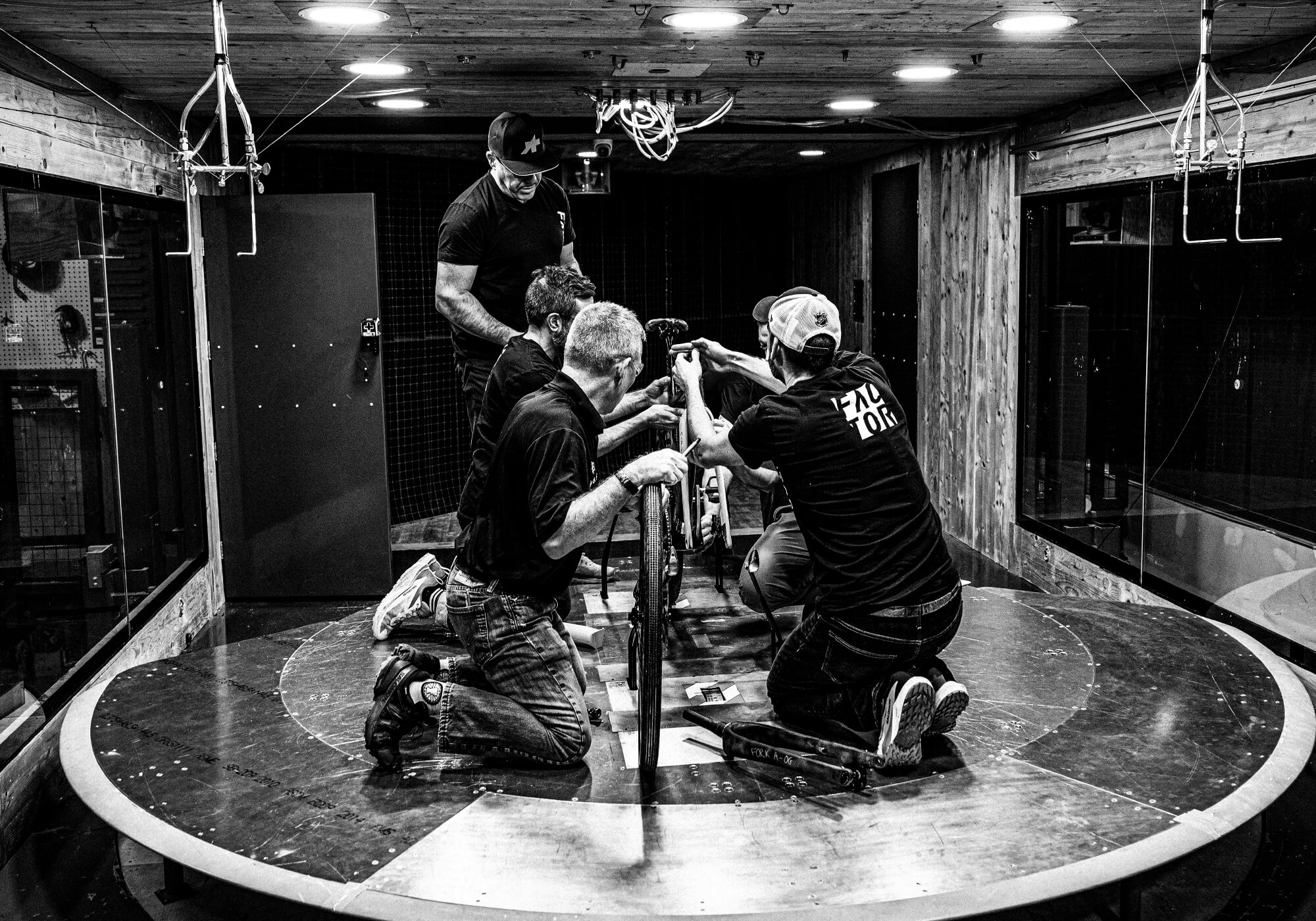
But just having the tools is only one part of the equation. Interpreting the results is the real key and requires the most skill. “Most companies will say the same thing about CFD. They've done hundreds of iterations. Everyone can buy the tool; few can understand and even fewer can apply it effectively. There is nuance to the interpretation. Not only is the tool effective, but we have experience to read it and the understanding to apply it,” Factor designer Mike McGinn continued.
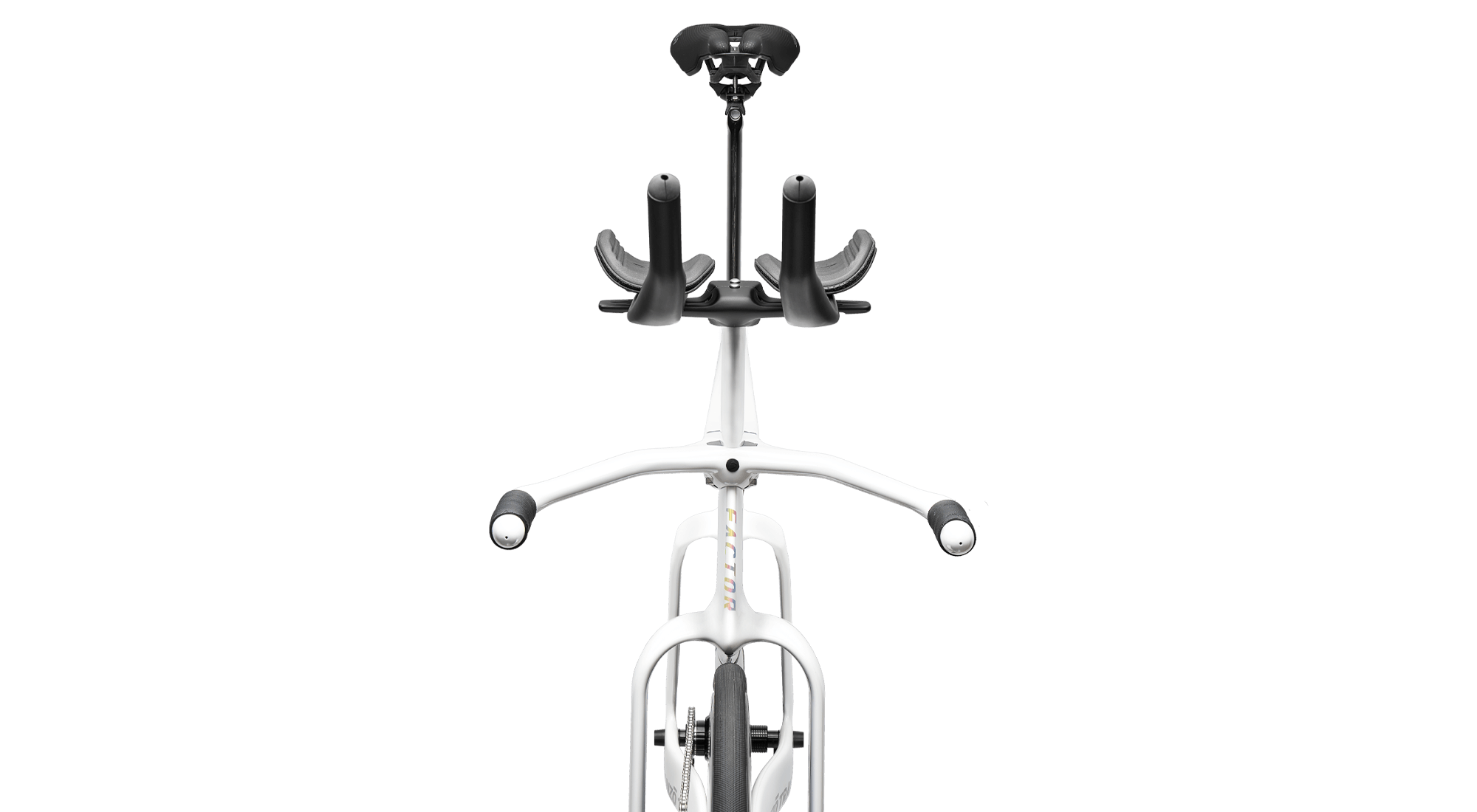
Factor’s design and development team understanding how the airflow really works in actual racing situations, whether in the bubble of a velodrome or on the side of a windswept mountain, is what makes Factor bikes world leaders.
“We understand the nuances that are leading to the development of two schools of aerodynamics,” McGinn explained. “Coming to the forefront now is the school of separating the airflow as opposed to getting the airflow really tight. If you look at the bikes from the two past Olympic cycles, all the track bikes were really tight, except for the Hope bike; they were the first ones to figure this out. Now if you look at the newly developed track bikes, many of them are getting very wide.”
And since track racing and the advanced developments that originate for use in the velodrome inevitably trickle down to road racing, it’s conceivable that, thanks to the relaxing of certain UCI rules, we can expect to see some very different looking road bikes in the future.
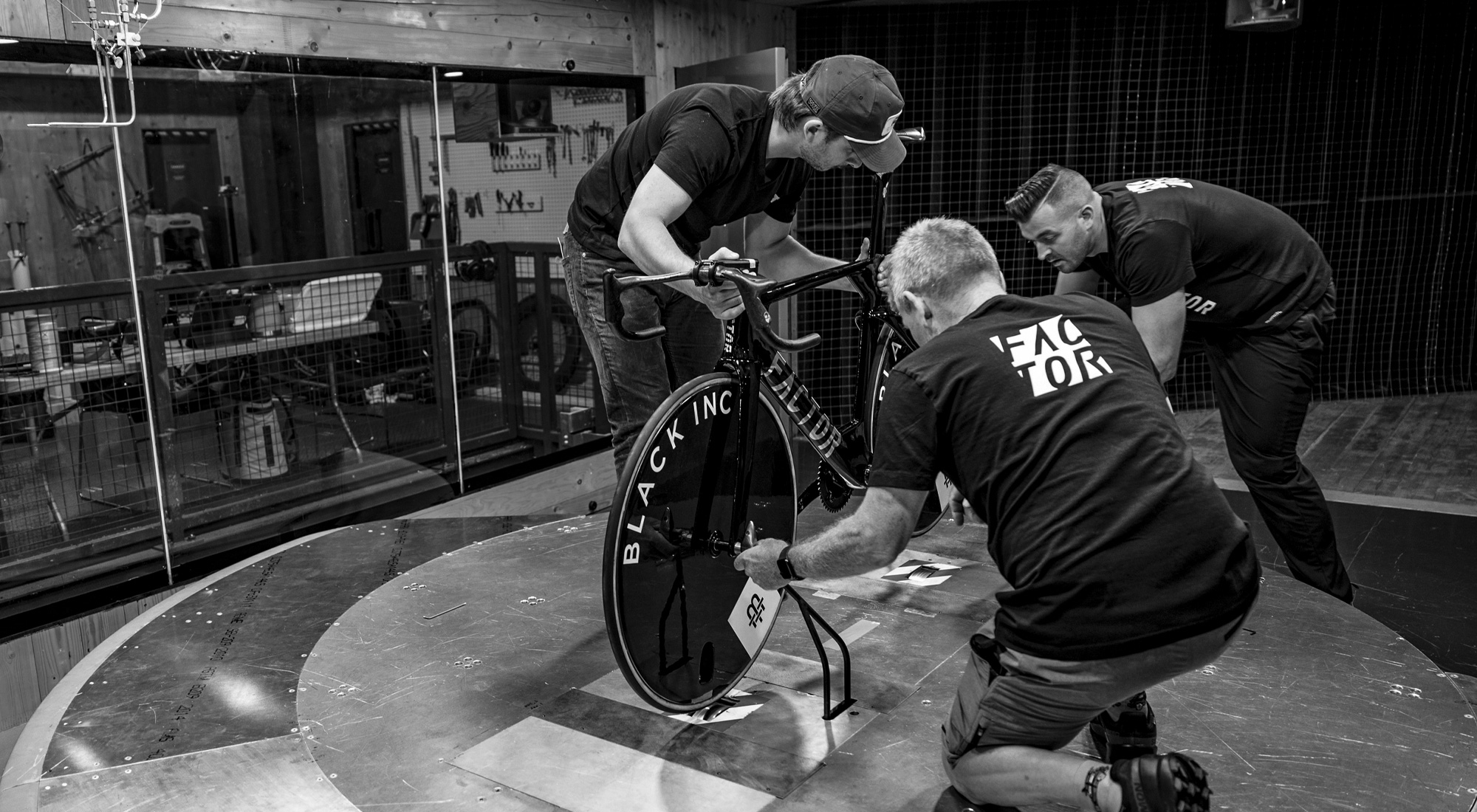
Setting the standard for future development
It’s not hyperbole to say the HANZŌ Track was the culmination of everything we had learned up to that point, but that could also invite the false impression that we have stopped learning. In fact, the HANZŌ Track represents just a waystation on our journey and there are even more advanced bikes yet to come.
“The nice thing about designing for Factor is that, if we can think it, we can do it. A lot of brands wouldn’t dare to try some of the things we are doing,” said Mike McGinn, Factor Industrial Designer.
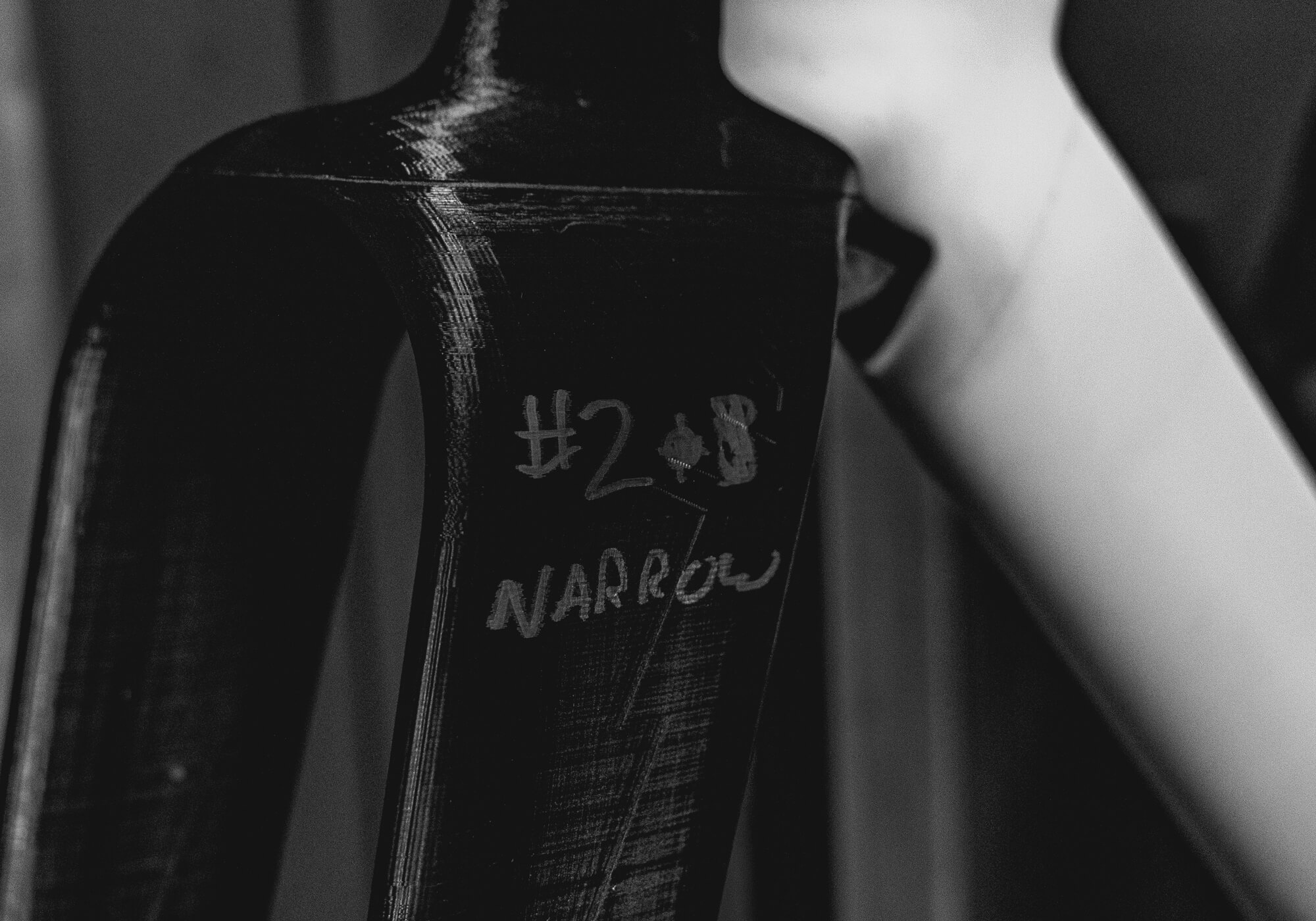
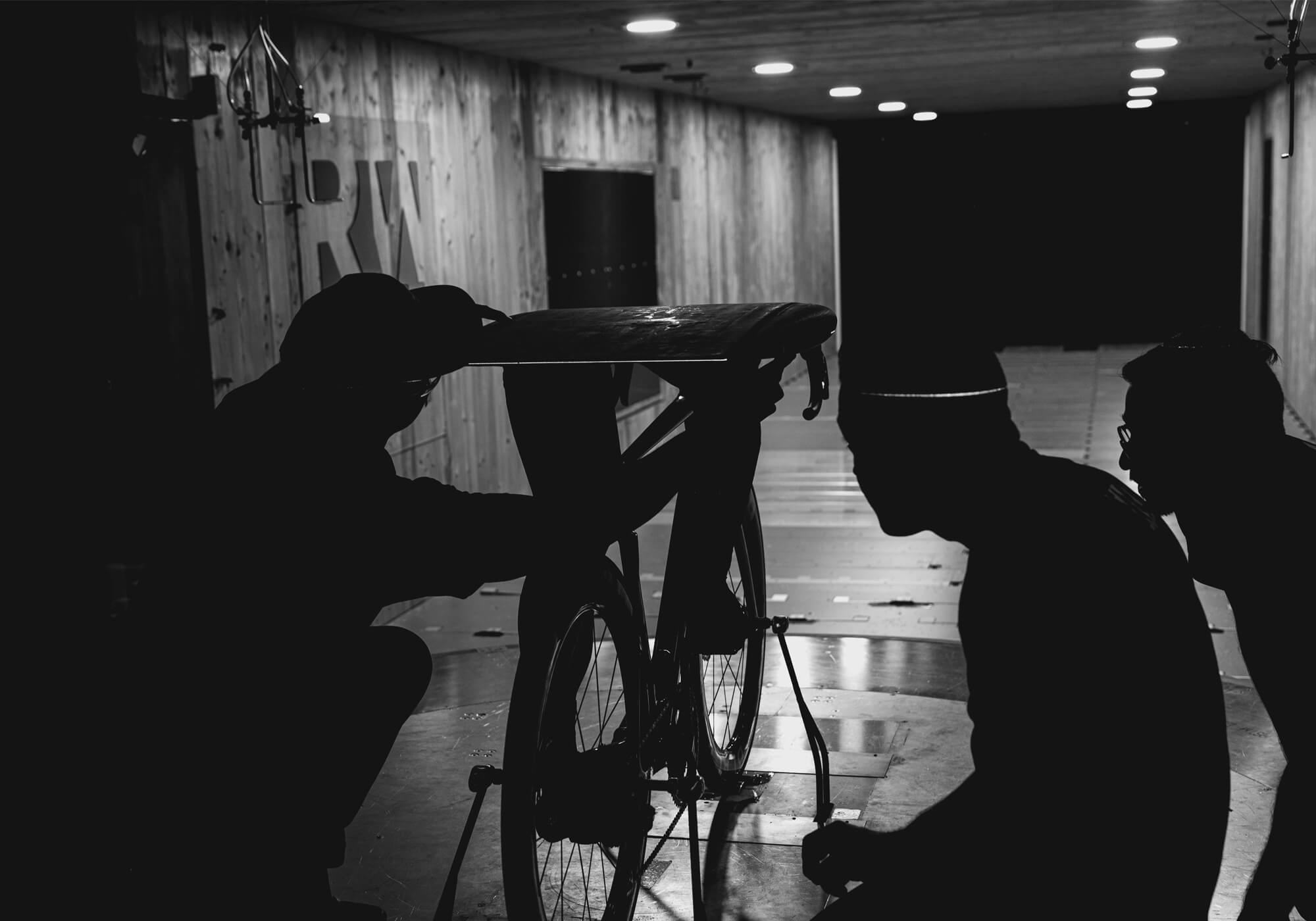
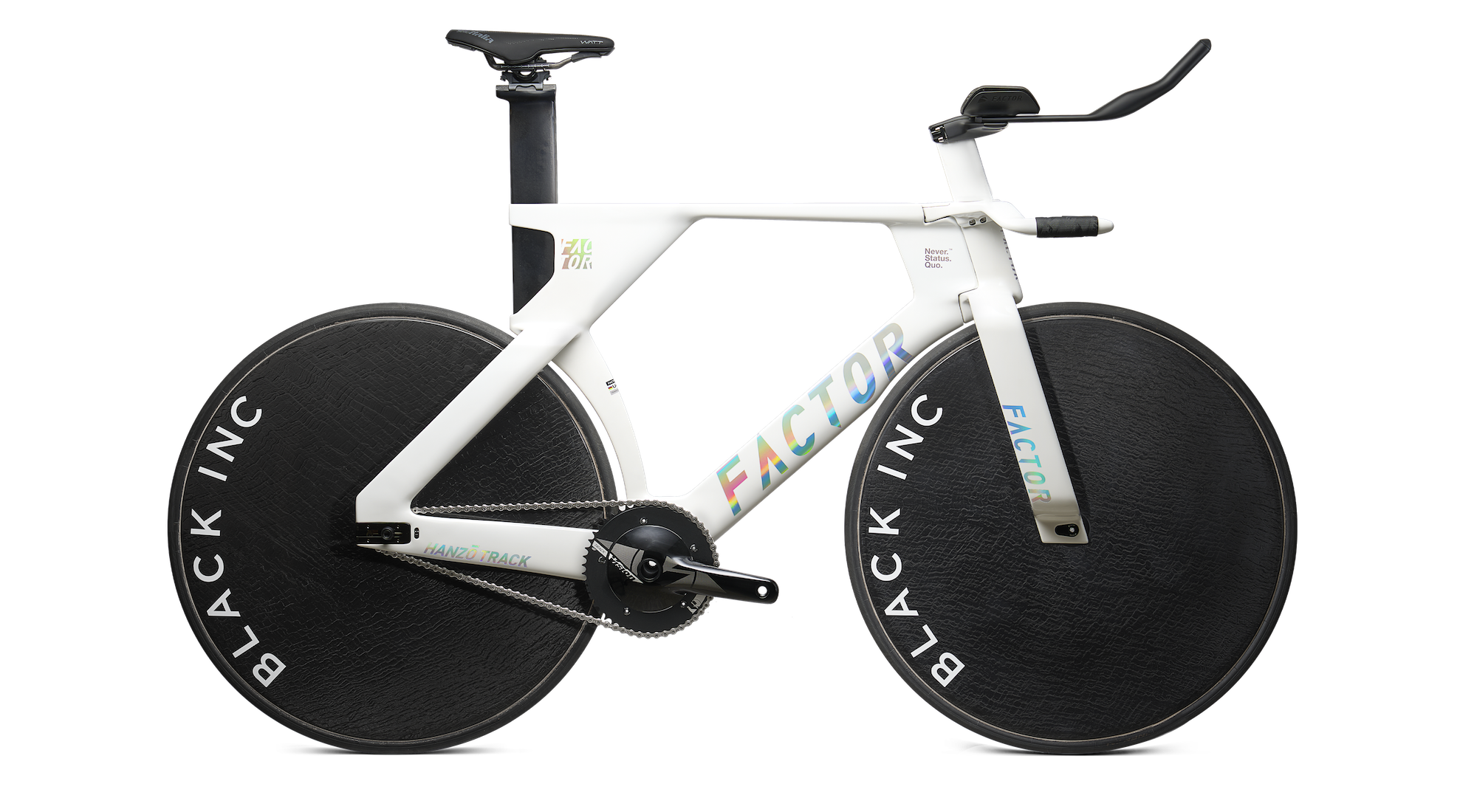
Learn more about HANZŌ TRACK
Find the Factor dealer in your area using our DEALER LOCATOR page.

© 2025 Factor Bikes. All rights reserved / Privacy Policy |Terms
